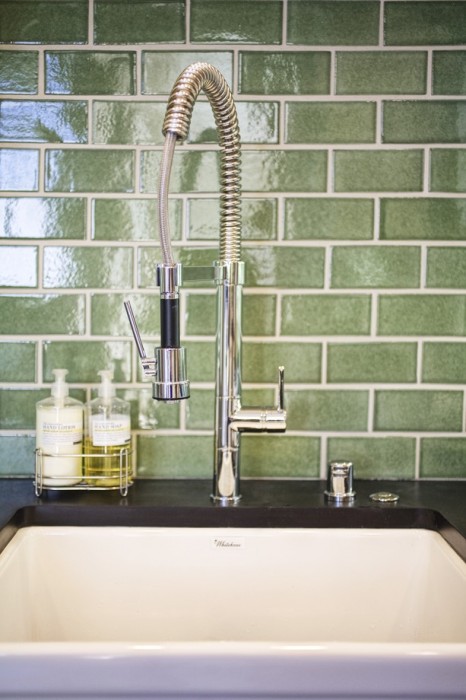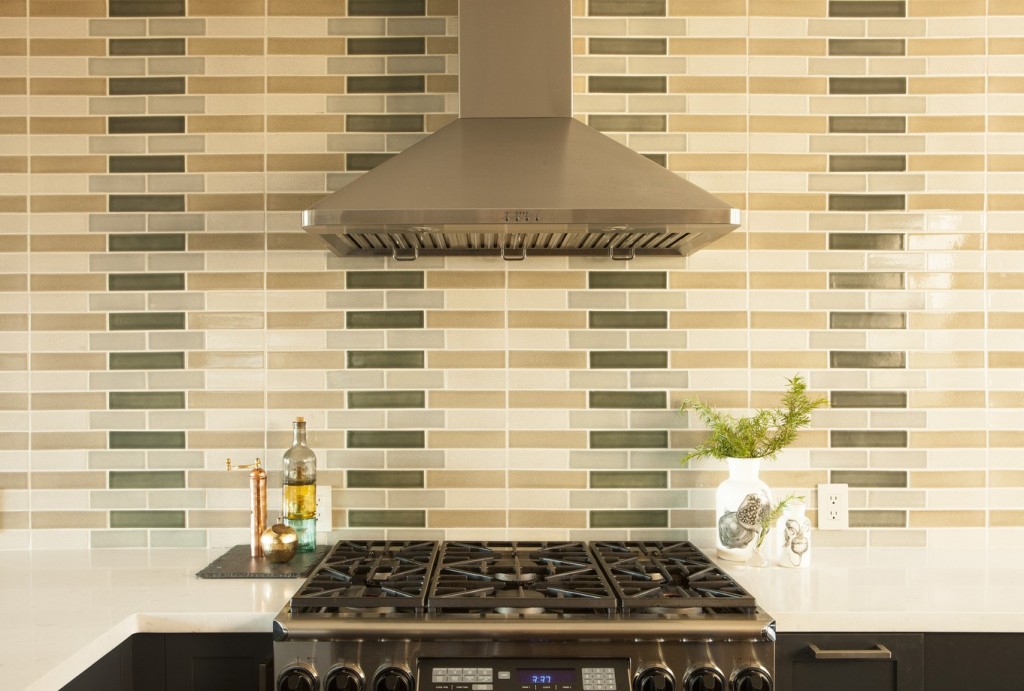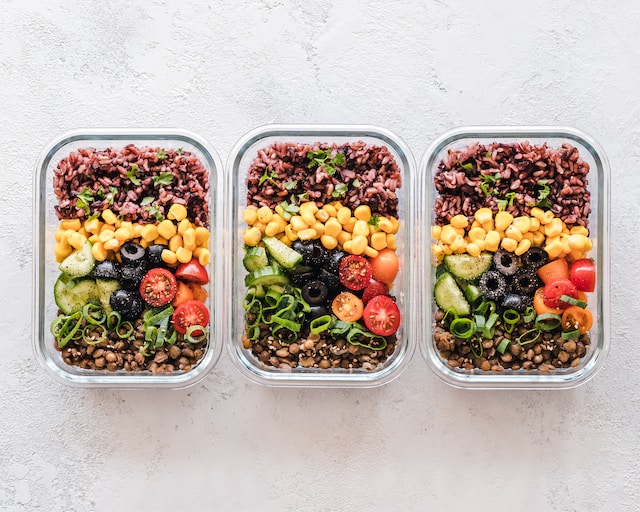Q: I just paid someone to put counter tops in my kitchen. He used tiles. I’m afraid water and bacteria will collect in the sunken gout lines which are about 1/8″ wide. what can I do to alleviate this problem? I paid about $2,000 for them and they have wooden border. Please help.
Grout is a porous material and yes, bacteria and food can get absorbed into the grout lines. This is why most professionals use a grout sealant after installation. The sealant serves to block stains from forming but you’ll still need to clean them regularly. It’s always a good idea to ask the professional which products they recommend for maintaining the tile and grout. And, after spills occur, take care to wipe them up as best you can, just like you would any other countertop material. As with any cleaning method, if you aren’t sure how your cleaner will react with your materials (in this case, grout and tile) be sure to test out an area and wait several hours.

The area next to the kitchen sink is subject to lots of standing water, splashes and potential stains. Image courtesy of Fireclay Tile.
In the kitchen, regularly wiping down the countertops to remove crumbs, spills and food is the first step in grout maintenance. Simply using warm water to remove stuck-on debris and getting gunk off of the grout lines is usually sufficient to keep them clean. If the grout has been properly sealed, the sealant will help prevent stains from forming and give you time to clean them up. That being said, you’ll want to keep the grout lines clean by regularly washing them. Warm water and a stiff brush (a toothbrush is great for this project) should remove most kitchen messes but there are other cleaning products that you should have in your arsenal. Try a mixture of vinegar and warm water (fill a spray bottle and use equal parts of both liquids) for a good non-toxic disinfectant. Vinegar is a great all-purpose cleaner however, the acidity may leave marks on certain types of stone, like marble. You can also try a mixture of baking soda and warm water. Simply make a thick paste and spread it on the grout, then scrub and rinse. Some homeowners go straight to bleach, which certainly helps whiten grout and kill bacteria but can be really toxic to inhale. Less toxic bacteria killers, like vinegar and tea tree oil, are safer in food environments, and high-heat methods, like steam cleaning, can be another great alternative. There are other products on the market that are geared towards removing stains from grout and you may want to test out other products.

Splatters from cooking can easily stain the grout if they aren’t wiped up right away. Image courtesy of Fireclay Tile.
Do you have a question about home maintenance? Email us at editor@porch.com!
Top image credit: Fireclay Tile




